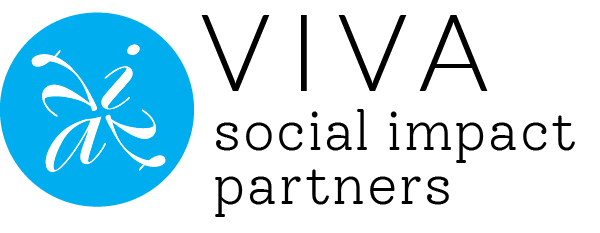2 min read
Social Media for Social Good: 3 Ways to Put it into Action
Laura Bowen
September 15, 2015
Blog

Just a couple of weeks after starting my job at VIVA last summer, I found myself standing outside on a sunny afternoon, holding a camera as two coworkers poured a bucket of ice water onto one of my colleague’s heads. Not usually a part of a typical workday, but it was the summer of 2014 and the summer of the Ice Bucket Challenge. Some of you may have a similar memory, maybe even from the perspective of being the head under the bucket of ice water.
The Ice Bucket Challenge went viral on social media last year. This is not rare in today’s social media-driven world, but the Ice Bucket Challenge stands out from other memorable viral content because it was for a good cause. Though it grew famous as the campaign that motivated friends and family to dump buckets of ice water on their heads, it was created to raise awareness and funds for ALS or Lou Gehrig’s disease. And its impact was astounding: it raised $115 million for the ALS Association, allowing them to continue research and experiments that they would have not been able to do otherwise.
Whether we realize it or not, we come into contact with social good initiatives like the Ice Bucket Challenge every day. Our exposure comes in many forms, from advertisements and Facebook pages to an endless stream of retweets and, when we are lucky (or not so lucky), buckets of ice water. Just like their for-profit counterparts, many social good initiatives have turned to social media to create impact.
Social good initiatives face a difficult challenge: how to break through the daily noise to authentically engage audiences to stop, listen, think, and take action. Social media is a great tool for achieving this. How?
- Pair creative and relatable messaging with compelling media (such as images, videos, and infographics) to break through the daily noise and catch their audience’s attention.
- Convert one-way conversations into two-way conversations by starting a dialogue on social media.
- Create calls to action that harness the connected nature of social media to get audiences to act—as with the Ice Bucket Challenge, which grew exponentially as participants tagged their friends to participate.
By showing audiences their impact and having authentic, real-time conversations about it, organizations can create a community of advocates that can be tapped to spread the word, advocate, donate, and volunteer to further advance the cause.
Of course, it’s not easy. The ALS Association, which rode the wave of the Ice Bucket Challenge’s incredible popularity last year, has now been trying to convert that viral campaign into a stable, annual fundraiser. While they may not ever be able to re-capture the runaway success of last year’s viral campaign, hopefully they can create a meaningful, engaging conversation that encourages their audience to keep taking action. Harnessing the power of social media to broaden awareness and mobilize action is an opportunity not to be missed for those working for social good.
